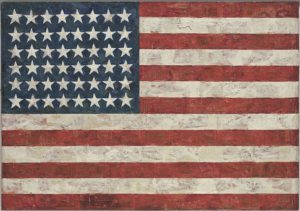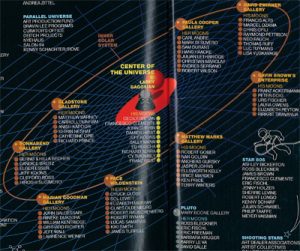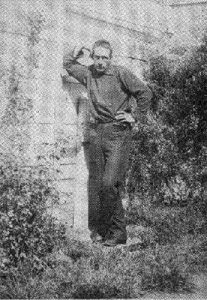Paula Diehl takes an interest in political symbols and their usage in political ceremonies as well as in everyday life. Proceeding from an empirical study she conducted in the United States in 2014, she notes that the usage of political symbols plays several roles. The individuals she surveyed own several everyday objects bearing political ...
# 22 | Postwar | Serge Guilbaut
Contrary to what Barnett Newman declared, one never “starts from scratch,” even if it is true that “the old stuff was out” in the all-out crisis brought on by World War II and everything that preceded it. Two exhibitions have just offered fresh reexaminations of the postwar period. The most recent one took place ...
# 19-2 | Alternatives to the Art Market in New York | Georges Armaos
Brett Littman a travaillé dans le courant alternatif à New York downtown et retrace l’historique des formes d’art et d’expositions non-institutionnelles, des années 1960 à aujourd’hui. Il nous aide à mesurer la force d’actions qui n’ont pu prospérer que sur fond de contestation générale du capitalisme et de la politique engagée au Vietnam en ...
# 19-1 | Alternatives to the Art Market in New York | Brett Littman
Brett Littman, who has worked in the alternative art world of downtown New York, retraces here the history of noninstitutional art forms and art exhibitions from the 1960s to the present. He helps us to gauge the power of art actions that were able to thrive only against a background of protests against capitalism ...
# 14-1 | Realisms | François Legrand
In 1980, the title of a key exhibition held at the French National Museum of Modern Art--Realisms: Between Revolution and Reaction, 1919-1930--announced a program. The project manager for this show, Gérard Régnier (Jean Clair), recalled our common-sense understanding of the term Realism: “the artist’s scrupulous observation of the model being represented, whether it be ...




